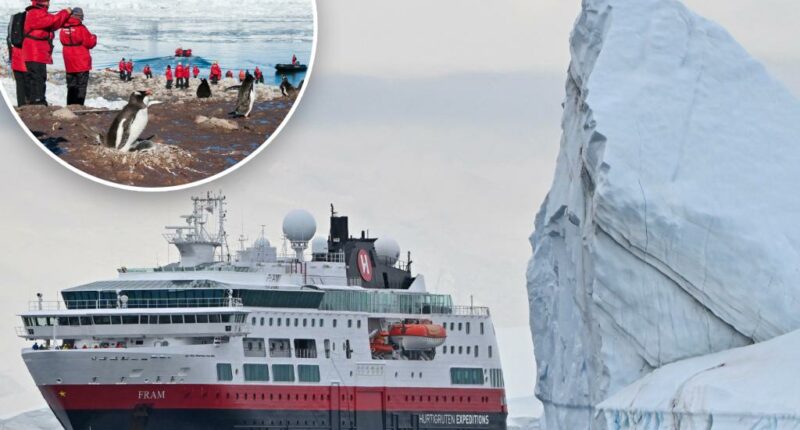Share this @internewscast.com
Think twice about traveling south — way, way south — this summer.
On July 28, the State Department updated its standard travel advisory for Antarctica, assigning it a Level 2 status, advising travelers to “exercise increased caution.”
The advisory was put out due to “environmental hazards posed by extreme and unpredictable weather.”
It also noted that there are limited emergency services.
International travel advisories are categorized into four levels: Level 1 (“exercise normal precautions”), Level 2 (“exercise increased caution”), Level 3 (“reconsider travel”), and Level 4 (“do not travel”).
The Level 2 warning remains unchanged, although the reissue emphasizes the unpredictable weather events that have been occurring in the region.
The warnings likely pertain to the exceptionally low temperatures experienced earlier in the year and the degradation of the Thwaites Glacier, which is often called Antarctica’s “doomsday” glacier.
Antarctica’s weather is unpredictable, and cruise operators prepare for the unexpected, but passengers should take precautions as well.
The State Department “highly recommends” that visitors buy travel insurance before traveling to Antarctica.

They also recommended going with an experienced guide or organization, or if on a private trip, travelers should be self-reliant and have insurance for emergency medical evacuations.
The State Department warned that there are no US government consular services available to American citizens in the Antarctic Region.
Many travelers will encounter Antarctica’s challenging weather before arrival, especially when crossing the notorious Drake Passage. During this two-day trip, passengers may experience either a calm “Drake Lake” or a turbulent “Drake Shake.”
Antarctica has increasingly attracted tourists in recent years, with 80,455 visitors exploring the frozen continent in the 2024-2025 season, according to the International Association of Antarctica Tour Operators.
The increase in interest is fairly recent. Fewer than 56,000 visited Antarctica in the 2019-2020 season.















